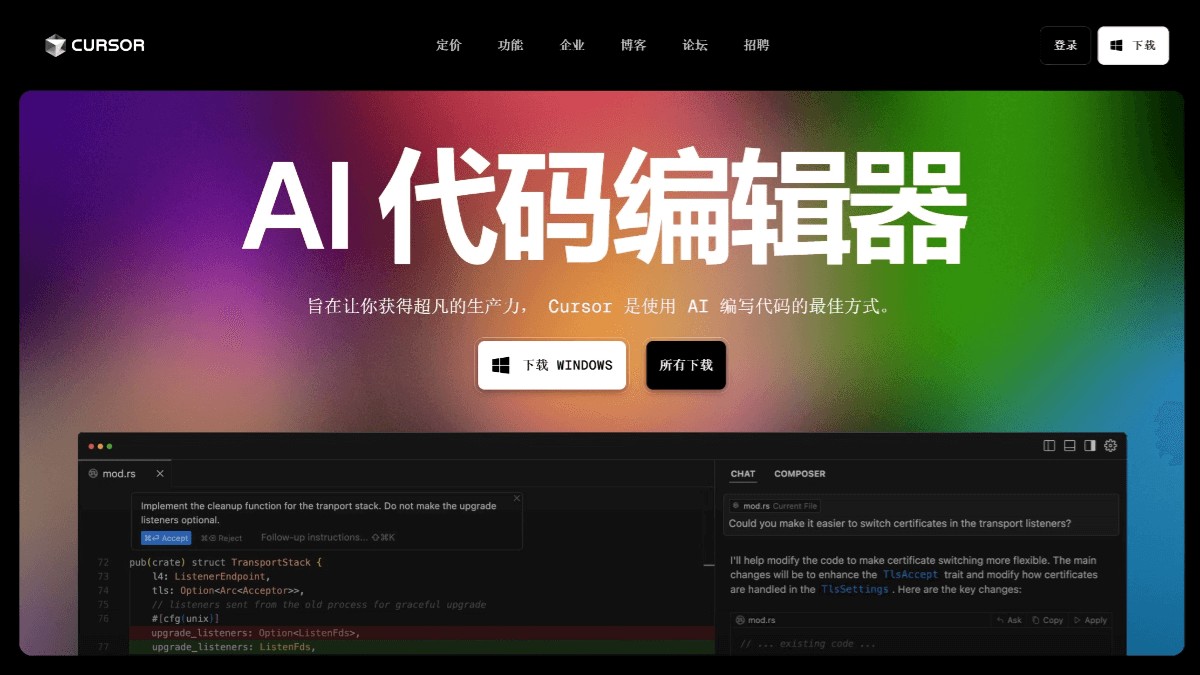The impacts of catastrophic climate are becoming increasingly severe around the world, with economic losses and death tolls soaring. For example, since 1980, the average annual loss from weather disasters in the United States has reached US$363 billion, and the cumulative total loss has exceeded US$1.3 trillion, with hurricanes causing the largest losses. On average, each hurricane event causes $22.8 billion in damage. The human toll was equally devastating. Between 1980 and 2023, hurricanes killed 6,890 people in the United States.
Coastal communities face growing challenges as climate change fuels more frequent and intense storms. In some cases, hurricanes have reached far inland. Accurate tools are critical to predicting the severity, timing and location of these storms and assessing the damage they cause.

The technology to achieve this may already be available today. When Hurricane Beryl swept across the Atlantic in July, Google Deepmind's GraphCast predicted that the storm would shift sharply from southern Mexico to Texas. This prediction, a week ahead of traditional methods, turned out to be accurate.
Several other big tech companies have launched AI weather forecasting tools. For example, NVIDIA developed StormCast, which was developed in partnership with Lawrence Berkeley National Laboratory and the University of Washington.
Microsoft has launched Aurora Atmosphere, a powerful weather forecasting platform that utilizes 3.3 billion parameters to deliver highly accurate forecasts.
Building on similar progress, NASA and IBM collaborated to launch the Prithvi weather and climate artificial intelligence model, which uses artificial intelligence to fill gaps in climate data and improve hurricane forecasts. The model has remained open source, allowing researchers and developers to contribute and adapt the model for a variety of applications, including hurricane forecasting.
One of the most challenging aspects of predicting hurricanes is understanding why some hurricanes intensify quickly. Michael Scott Fischer, a researcher at the University of Miami's Rosenstiel School of Oceanic, Atmospheric and Earth Sciences, is using artificial intelligence to gain a deeper understanding of the complex factors driving this rapid intensification.
To improve forecast accuracy, Fischer is improving current storm data by integrating historical hurricane measurements. This includes a variety of data collected from sources such as buoys, satellites and hurricane hunter aircraft, such as wind speeds and humidity levels.

"I used various observational data sets and data science methods to identify commonalities among subsets of storms that experienced rapid intensification," Fischer explained. "Hopefully, with this knowledge, we can provide tools to improve predictions of tropical cyclones." ”
According to Fischer, manually analyzing decades of storm data would be very time-consuming, which is why he uses machine learning (ML) algorithms. One of his goals is to create a 3D structure of active hurricanes in the Atlantic basin without flying aircraft into the storm system.
"Once the storm is to the west, we can get within range of the aircraft, and it's routine to conduct aerial reconnaissance over the Atlantic Ocean," Fischer said. "But even then, we don't always have the aircraft there. Hurricane hunters can fly several times in the storm." hours, read the data. But eventually, they have to return to base, refuel, and deploy new crews."
"Our method will allow us to always have a complete three-dimensional structure of a storm's appearance. This will be particularly useful not only in the Atlantic basin, but also in other basins around the world where hurricanes form but do not always have routine aircraft observations."
Artificial intelligence models have made significant progress in weather forecasting, but they still face significant challenges. A key limitation is their reliance on historical data. If the data used to train these models is incomplete, outdated, or inaccurate, predictions can be biased.
While AI models can process data much faster than manual methods, they still depend on the quality of the data they receive. Data collected from radar and aircraft often has noise, which destroys its quality. Additionally, AI models may have difficulty explaining rare or unprecedented events that have never occurred before.

Fischer emphasized that although artificial intelligence technology is developing rapidly, it will never replace humans. Forecasts must be translated into actionable guidance, such as evacuation plans and safety precautions, to ensure communities understand potential impacts and respond appropriately. This human touch is critical to saving lives and protecting communities during severe weather.



